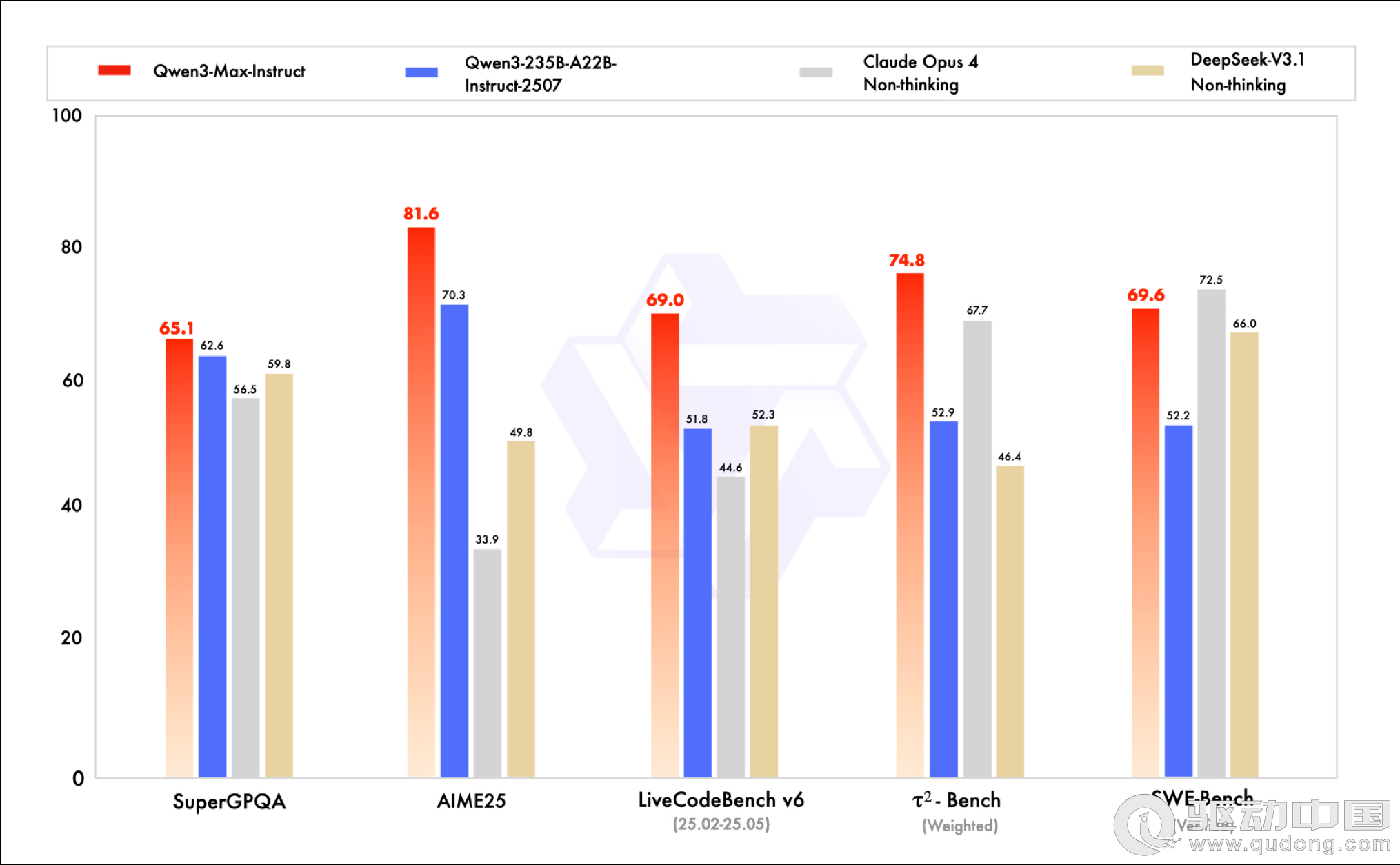使用OpenSSH远程管理Linux服务器
作为Linux系统管理员,没有人不知道OpenSSH。SSH采用了密文的形式在网络中传输数据,实现了更高的安全级别,是Telnet服务的安全替代品,sshd是OpenSSH的服务端守护进程,而与之对应的Windows下客户端软件有很多,常用的有SecureCRT、putty等。通过SecureCRT远程连接Linux系统,不受网络速度和带宽的影响,无论是ADSL拨号上网还是56K的"猫"拨号上网,都能轻松连接,操作维护方便。SecureCRT的使用在前面章节已经有介绍,这里详细介绍OpenSSH服务端程序的配置。
OpenSSH在Red Hat Linux企业级版本中是默认安装的,一般的安装目录为/etc/ssh,对应的服务器配置文件为/etc/ssh/sshd_config。我们重点讲述这个配置文件中每个选项的含义。
2.
1. [root@localhost ~]# vi /etc/ssh/sshd_config
2. Port 22
3. ("Port"用来设置sshd监听的端口,这里采用的是默认的端口号22)
4. #Protocol 2,1
5. (设置使用的ssh协议为ssh1或ssh2,如果仅仅使用ssh2,
设置为Protocol 2即可)
6. #ListenAddress 0.0.0.0
7. ("ListenAddress"用来设置sshd服务器绑定的IP地址)
8. # HostKey for protocol version 1
9. #HostKey /etc/ssh/ssh_host_key
10. # HostKeys for protocol version 2
11. #HostKey /etc/ssh/ssh_host_rsa_key
12. #HostKey /etc/ssh/ssh_host_dsa_key
13. ("HostKey"用来设置服务器密匙文件的路径)
14. #KeyRegenerationInterval 1h
15. ("KeyRegenerationInterval"用来设置在多少秒之后
系统自动重新生成服务器的密匙(如果使用密匙)。重新生成
密匙是为了防止利用盗用的密匙解密被截获的信息)
16. #ServerKeyBits 768
17. ("ServerKeyBits"用来定义服务器密匙的长度)
18. SyslogFacility AUTHPRIV
19. ("SyslogFacility"用来设定在记录来自sshd的消息的时候,
是否给出"facility code")
20. #LogLevel INFO
21. ("LogLevel"用来记录sshd日志消息的级别)
22. #LoginGraceTime 2m
23. ("LoginGraceTime"用来设置如果用户登录失败,在切断
连接前服务器需要等待的时间,以秒为单位)
24. PermitRootLogin no
25. ("PermitRootLogin"用来设置超级用户root能不能用SSH登
录。root远程登录Linux是很危险的,因此在远程SSH登录Linux
系统时,这个选项建议设置为"no")
26. #StrictModes yes
27. ("StrictModes"用来设置SSH在接收登录请求之前是否检查
用户根目录和rhosts文件的权限和所有权。此选项建议设置为"yes")
28. #RSAAuthentication yes
29. ("RSAAuthentication"用来设置是否开启RAS密钥验证,
如果采用RAS密钥登录方式时,开启此选项)
30. #PubkeyAuthentication yes
31. ("PubkeyAuthentication"用来设置是否开启公钥验证,
如果采用公钥验证方式登录时,开启此选项)
32. #AuthorizedKeysFile .ssh/authorized_keys
33. ("AuthorizedKeysFile"用来设置公钥验证文件的路径,
与"PubkeyAuthentication"配合使用)
34. # similar for protocol version 2
35. #HostbasedAuthentication no
36. #IgnoreUserKnownHosts no
37. ("IgnoreUserKnownHosts"用来设置SSH在进行
RhostsRSAAuthentication安全验证时是否忽略用户
的"$HOME/.ssh/known_hosts"文件)
38. #IgnoreRhosts yes
39. ("IgnoreRhosts"用来设置验证的时候是否使用
"~/.rhosts"和"~/.shosts"文件)
40. PasswordAuthentication yes
41. ("PasswordAuthentication"用来设置是否开启密
码验证机制,如果是用密码登录系统,应设置为"yes")
42. PermitEmptyPasswords no
43. ("PermitEmptyPasswords"用来设置是否允许用口令为
空的账号登录系统,肯定是"no"了)
44. X11Forwarding yes
45. ("X11Forwarding"用来设置是否允许X11转发)
46. #PrintMotd yes
47. ("PrintMotd"用来设置sshd是否在用户登录的时候显示"/etc/motd"中的信息)
上面括号中带下划线的内容为注释,是对sshd_config配置文件中每个选项含义的解释,这里仅仅列出最常用的一些选项,也是我们给出的推荐配置。
对sshd_config文件配置完毕,接着重启sshd守护进程,使修改生效:
Java代码
/etc/init.d/sshd restart
/etc/init.d/sshd restart
注意 这里要切记的是,重启sshd服务,一定要到Linux系统本机去执行,如果在SSH远程连接环境下重启sshd服务,你就会被关在门外!
最后一步是设置sshd服务开机自动启动,只需执行如下命令即可:
Java代码
chkconfig --level 35 sshd on
chkconfig --level 35 sshd on
这样sshd服务会在系统运行级3和5下自动启动。
评论 {{userinfo.comments}}
-
{{child.nickname}}
{{child.create_time}}{{child.content}}






{{question.question}}
提交
当行业在砍配置时,荣耀把旗舰体验塞进标准版
比亚迪与美的达成战略合作 打造车家互联新生态
昨夜今晨:小米澄清电池产线火情谣言 多地推行C7驾照传闻不实
华为Mate X7官宣信息大盘点:外观、影像、体验全面升级,亮点数到手软
驱动号 更多













































